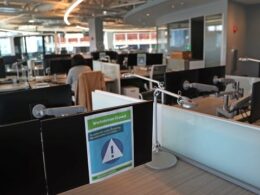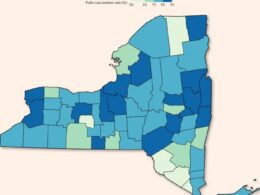At a glance
Hybrid work is here to stay.
- As a result, office attendance has stabilized at 30 percent below prepandemic norms.
The ripple effects of hybrid work are substantial.
- Untethered from their offices, residents have left urban cores and shifted their shopping elsewhere.
- For example, New York City’s urban core lost 5 percent of its population from mid-2020 to mid-2022, and San Francisco’s lost 6 percent.
- Urban vacancy rates have shot up.
- Foot traffic near stores in metropolitan areas remains 10 to 20 percent below prepandemic levels.
Demand for office and retail space in superstar cities will remain below prepandemic levels.
- In a moderate scenario that we modeled, demand for office space is 13 percent lower in 2030 than it was in 2019 for the median city in our study.
- In a severe scenario, demand falls by 38 percent in the most heavily affected city.
Real estate is local, and demand will vary substantially by neighborhood and city.
- Demand may be lower in neighborhoods and cities characterized by dense office space, expensive housing, and large employers in the knowledge economy.
Cities and buildings can adapt and thrive by taking hybrid approaches themselves.
- Priorities might include developing mixed-use neighborhoods,
- constructing more adaptable buildings, and
- designing multiuse office and retail space.
Infographic





To read the full version:
McKinsey Global Institute | July 13, 2023 | Report
https://www.mckinsey.com
By Jan Mischke, Ryan Luby, Brian Vickery, Jonathan Woetzel, Olivia White, Aditya Sanghvi, Jinnie Rhee, Anna Fu, Rob Palter, André Dua, and Sven Smit












